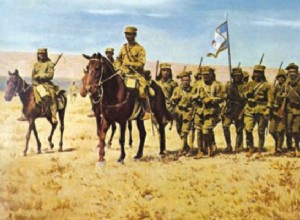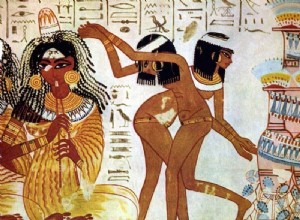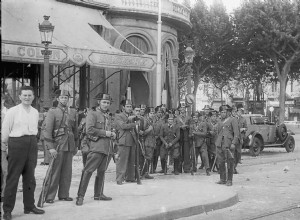The Greek Army landed in Smyrna, in 1919, as the representative of the great powers, which, after the enormous human sacrifices of the flower of their human potential in the trenches of the First World War, did not wish for any reason, how much rather to serve the Greek interests, to repeat them fig




